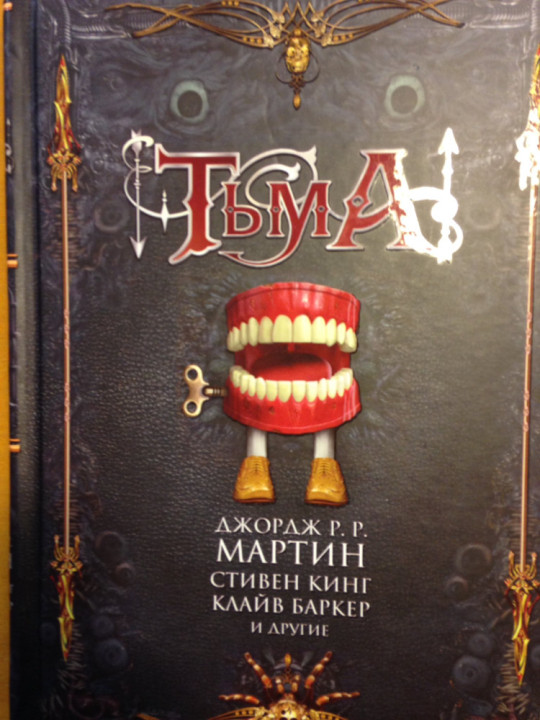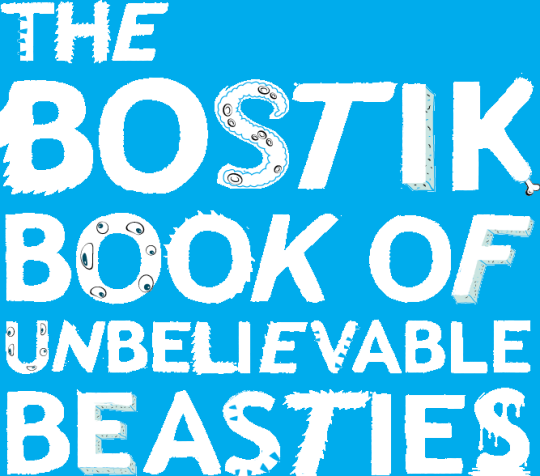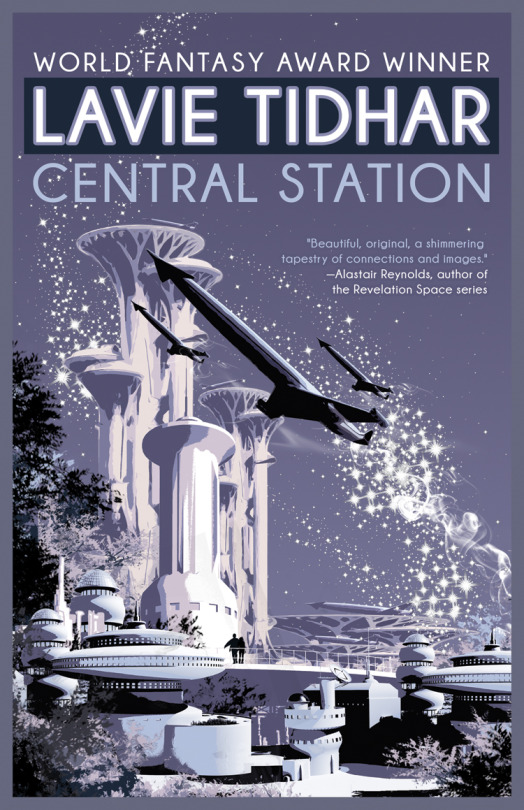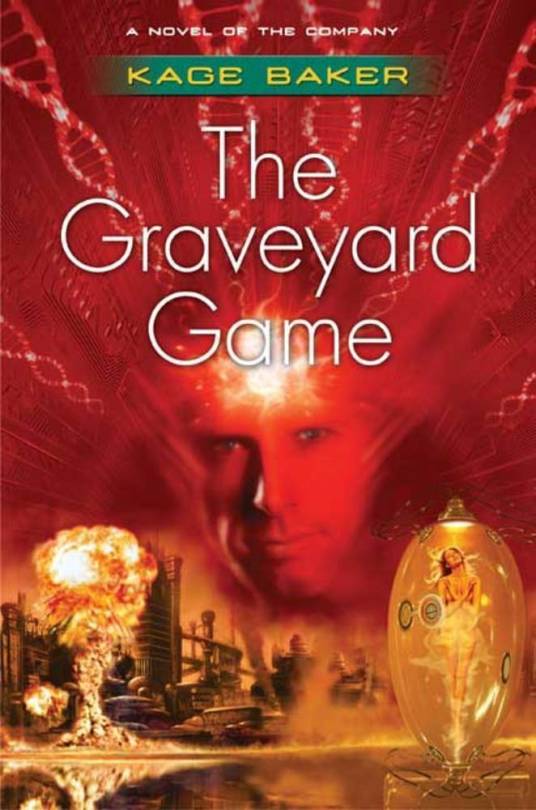Tachyon tidbits featuring Ellen Datlow, Lauren Beukes, Lavie Tidhar, and Kage Baker
The latest reviews and mentions of Tachyon titles and authors from around the web.

Ellen Datlow (credit: THIS IS HORROR), Lauren Beukes, Lavie Tidhar (Photo: Kevin Nixon. © Future Publishing 2013), and Kage Baker
Via TWITTER, Jabberwocky Literary Agency shared the cover to the Russian edition of Ellen Datlow’s DARKNESS: TWO DECADES OF MODERN HORROR.

Bostik is giving away digital copies of THE BOSTIK BOOK OF
UNBELIEVABLE BEASTIES with ridiculous rhymes by Lauren Beukes and illustrations by kids in South Africa.
Beukes discusses the project on her site.
Getting kids reading and sparking their imaginations is really important to me. In fact, I gave a Tedx talk in Johannesburg recently on how stories allow us to be more than we are.
It’s why we put together The Broken Monsters Charity Art Show, with kind sponsorship by Nando’s, that raised enough money for the awesome NGO, Book Dash to print 36 000 kids books for children who’ve never had one of their own.
So. when the ad agency for Bostik stationery approached me to come up with 20 wild and silly and cute beasties for kids to design as part of a competition, I was super-excited.

Writing for kids is one of my favourite things! I was the head-writer and co-creator of the hit SABC3 kids cartoon, URBO: The Adventures of Pax Afrika and I’ve written for Mouk and Florrie’s Dragons for Disney. I also wrote a kid-friendly Wonder Woman short for DC Comics, “The Problem With Cats”, with art by Mike Maihack, which centred on a little girl from Orlando West, Soweto as the heroine of her own imagination. (It’s also been the only time my seven year old daughter actually appreciated what I do for a living.)
But the joy for me of THE BOSTIK BOOK OF UNBELIEVABLE BEASTIES, wasn’t just that I would get to invent crazy critters (including a vampire bunny that drinks carrot juice, a galumphing Blumf, and a googly-eyed Oogle among others in my silly and cute menagerie) – it was that kids would get to draw them, using paper and crayons and glue and, most importantly, their imaginations.
The twenty winning entries will be published by Bostik, in a limited edition book, to go to the winners and 500 copies to the Shine Literacy project, an amazing organization that provides one-on-one support to kids who need it in grade two and three, fostering a love of stories and boosting their confidence and literacy skills.
The November 2016 issue (#78) of LIGHTSPEED features Lavie Tidhar’s short story “Under the Eaves,” along with a Arley Sorg’s discussion about the tale with the author.
Lavie, what a story. For me, so emotionally resonant. So representative of the complexity of relationships and love, against a backdrop that is, through metaphors, very real. Tell me about the inspiration for Isobel and her “robotnik” love interest—where did these people come from?
Thank you so much! The origins for this actually go a long time back. People might notice that the CENTRAL STATION stories (a sort of mosaic novel, really, which is now collected/out from Tachyon Publications) contain a lot of references, but what might be less apparent is that they correspond quite a lot not just with American SF but also Israeli SF. Which, in fairness, would be obscure to the vast majority of any kind of reader.

In this case, a very early inspiration for me were a pair of short stories published in the magazine Fantasia 2000 in the mid-1980s (and which I only read, I suspect, years after they were published, in worn-out library copies). They were by a guy called Mordechai Sasson, and to the best of my knowledge were the only things he ever published. They were called “The Stern-Gerlach Rats” and “The Conman and the Tin Beggar,” and they were set in a sort of future Israel where robots were basically begging for spare parts. They really stuck with me, through all the years, and I started exploring this idea with an early story called “Crucifixation,” which I sent to an unknown little magazine called Apex Digest, edited by Jason Sizemore. It turned out it was the first story Jason ever bought for his magazine, and it began a long association between us, which eventually resulted in my early collection, HEBREWPUNK, and of
course THE APEX BOOK OF WORLD SF series. But back then, I had no idea!So, this is kind of where the robotniks came from … and they kept popping up in the sort of interconnected future history I was writing throughout that time, and they kind of evolved and got more complex as time went on, until the CENTRAL STATION cycle kind of allowed me to go back to their origins in a more … mature form? But really the start of it all was sitting in the library as a kid in the SF stack and reading these beat-up old magazines.
Stefan Raets at TOR.COM continues the reread of Kage Baker’s Company Series with THE GRAVEYARD GAME.
Joseph in the Darkness: In this “Darkness” chapter, Joseph summarizes his findings and theories, based on everything he’s discovered in the novel so far. It’s a shocking list: The Enforcers were double-crossed by the Company; Mendoza’s fall from grace was engineered, also by the Company; Edward was double-crossed too; the Company’s history goes back way further than the corporate brochures say; and Catalina Island features heavily in that history in some way.

Since we’re almost at the end of the fourth novel in an eight novel set, this is about as close to a midway point as this sprawling series has, making this an interesting point of comparison. The Company looks very different now, compared to the rosy image we got at the start of IN THE GARDEN OF
IDEN. Remember how wonderful that cabal of benevolent scientists preserving lost treasures throughout history sounded? In four short novels, we went from that point to a Company that imprisons its own employees and conducts biological warfare against humanity. And there are more revelations to come…The biggest change, though, is that we can’t really call it “the Company” anymore, can we? It’s becoming increasingly clear that some parts of the organization have very different goals from others. Rather than a benevolent, all-knowing entity with a common goal, there are competing interests at play… and some of those don’t care about spilling mortal blood on a large scale or about taking out operatives who know too much.
For more info about CENTRAL STATION, visit the Tachyon page.
Cover by Sarah Anne Langton
